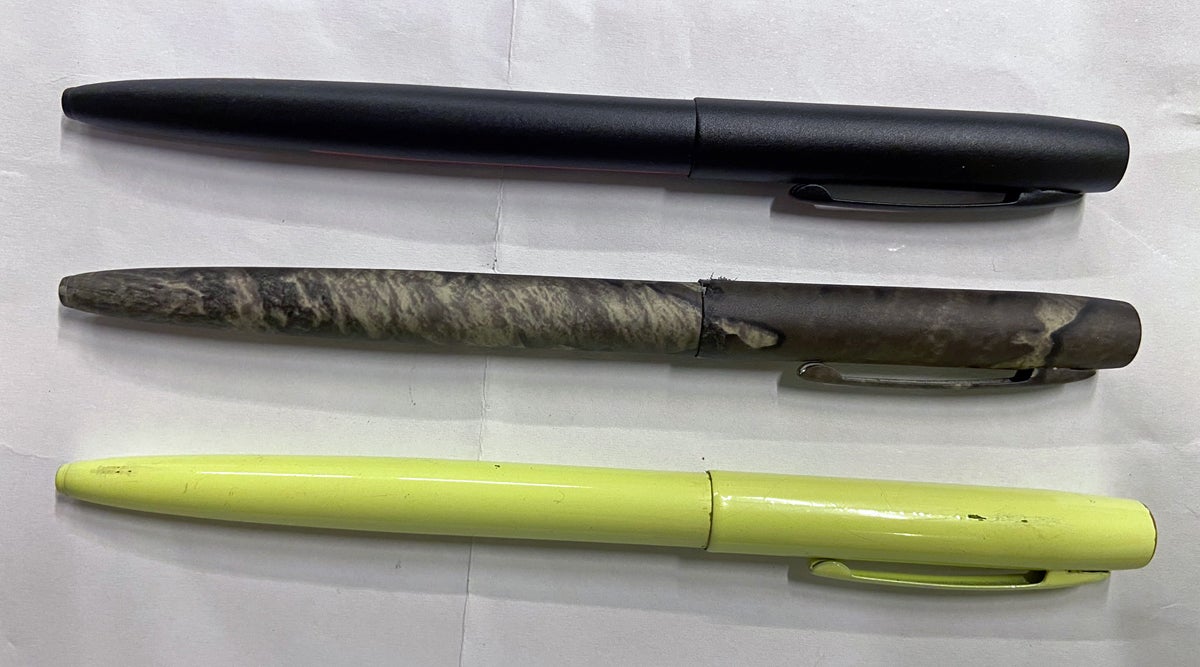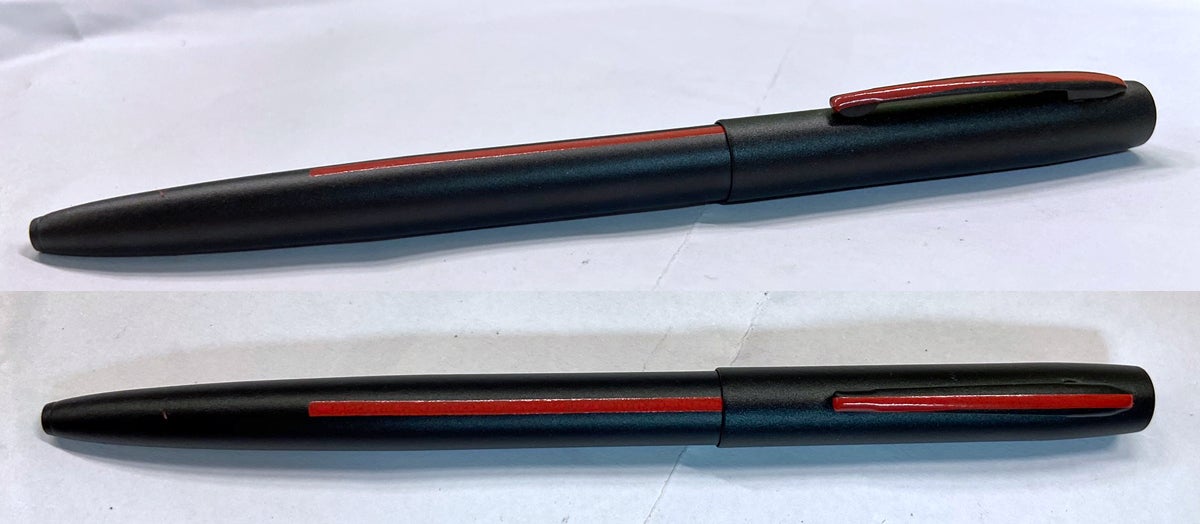5 Good 9mm Luger Loads for Personal Defense
https://ift.tt/2U5EooR
The 9mm Luger is everyone’s caliber. The 9mm is a powerful number well-suited to personal defense. The 9mm easily jolts 115 to 124-grain bullets to well over 1100 fps. +P or higher-pressure loadings may reach 1300 fps.
The 9mm is not quite as good as some of its fans think, but it is a better cartridge than most of its detractors would have you believe. It has evolved into perhaps the ideal personal-defense caliber for most users.
The 9mm uses a .355-inch bullet. It cannot do the work of larger calibers, but it certainly outclasses smaller calibers. The 9mm offers all of the recoil most shooters are willing to master.
A number of very experienced shooters choose the 9mm based on excellent control, good practical accuracy and a good reserve of ammunition. A compact 9mm Luger handgun is easily controlled with practice.
A compact .40 S&W handgun or .38 Special small-frame revolver may be a bear to handle. Some of the finest handguns in the world are chambered for the 9mm Luger cartridge.
Many affordable handguns are chambered in 9mm as well. It is important to choose a loading with a good balance of expansion and penetration.
The 9mm needs good expansion to be effective, and all calibers must exhibit adequate penetration for good effect. Non-expanding FMJ loads have proven ineffective. The search was on for five good 9mm defensive loads.

When I was given this assignment, I resolved to test each loading not only for reliability and accuracy, but wound potential as well. I tested the loads without regard to advertised velocities or overstated claims.
There is a lot of misinformation regarding wound potential. A lot of folks don’t understand that questioning the veracity of a source is instrumental to understanding and using sources.
Misinformation is staggering. I use water for testing penetration and expansion because it is within 10 percent of gelatin results and much, much easier to work with.
While some will say this isn’t valid compared to gelatin testing, the answer is of course it is. As I stated, water and gelatin testing are very close to one another, usually within 10 percent in penetration and expansion results.
Neither bears a close correlation to flesh and bone. The primary advantage of gelatin is that the wound channel may be observed and even preserved. Water only supplies the end result. On the other hand, my work is easily double-checked.
I tested many loads, but ended up with five that I feel fill the most important niche roles of the 9mm Luger. I think they are excellent loads. For testing, I used a GLOCK 19 9mm handgun.
A handgun with a shorter barrel may be expected to produce less velocity, while a longer-barrel handgun will exhibit greater velocity.
With modern loads, the difference in expansion and penetration may be slight in either barrel length. Reliability is 100 percent in these loads. Accuracy is consistent at 15 yards.
1. Hornady 100-Grain Critical Defense Lite
This loading fills the need for a low-recoil loading for those of small stature, particularly in a compact handgun. Older shooters may also feel a need for lower recoil.
The Hornady load functions well despite lowered bullet weight. Velocity averaged 1140 fps. Penetration was 12 inches of water and expansion averaged 0.59 inches.
This is a credible choice that will serve well for recoil-shy shooters or those using the smallest 9mm handguns.

2. Fiocchi 115-Grain Extrema
This is a good go-anywhere, do-anything load. It works fine in every 9mm I have fired, and offers good accuracy and a clean powder burn. The 115-grain Fiocchi Extrema isn’t loaded too hot or too light, it is just right! Accuracy is excellent. The load averaged 1160 fps. Penetration was 16 inches and expansion a very consistent 0.55 inches.

3. Hornady 115-Grain Critical Defense
The Critical Defense uses a polymer plug to instigate expansion. This works well against a variety of material. The Hornady Critical Defense load is loaded to 1151 fps.
Penetration was ideal at 16 inches, and expansion was excellent at 0.58 inches. This is a good general-purpose defense load.

4. Underwood 124-Grain JHP
I wanted to test at least one +P or maximum-effort loading. The Underwood loading clocks 1302 fps average. Recoil was the greatest of any load tested.
We probably would not use this one in a sub-compact pistol. Recoil would be greater, and greater slide velocity may lead to malfunctions. The load was reliable in the GLOCK 19 and accuracy was good.
Penetration was 18 inches and expansion the greatest of the test at 0.82 inches. That is a lot of wound potential.

5. Buffalo Bore 147-Grain JHP
Buffalo Bore also offers fast-stepping 9mm loads in 115 and 124-grain weight. I wanted to test a heavyweight 9mm. The industry standard for the 147-grain JHP seems to be 960 to 1000 fps.
This loading breaks 1047 fps average in the GLOCK 19. This is excellent velocity for a 147-grain bullet, yet recoil isn’t excessive. Reliability is good.
If you have the need for deep penetration against heavily-clothed attackers or feel that light cover is part of the likely scenario, this is a good choice. Penetration was 20 inches and expansion was a reliable 0.56 inches.

When you choose personal safety gear, choose what is optimum for your use, not what is popular. Obtain training and build skills, or else resign yourself to defense at arm’s length.
Decide that defending yourself is possible, not impossible. It fails the power of my pen to describe the fear of a fight fought to the finish. Avoid it at all cost, but by the same token, be prepared with the best gear and supplies possible.
What is your favorite 9mm Luger defensive load? Why? Let us know in the comments section below!
Get the Best Deals on Guns, Ammo & Gear sent 3 days a week.
guns
via The Shooter’s Log https://ift.tt/2VbyLGM
June 3, 2020 at 08:43AM

 Percona engineers often need to analyze and review complex SQL database queries. Good formatting can make these SQL queries much easier to understand and work with. Without clear formatting, queries can become confusing and hard to debug.
Percona engineers often need to analyze and review complex SQL database queries. Good formatting can make these SQL queries much easier to understand and work with. Without clear formatting, queries can become confusing and hard to debug.




















